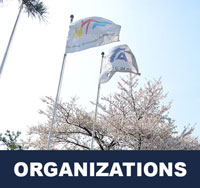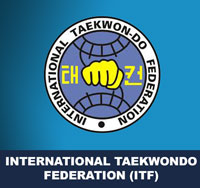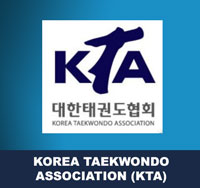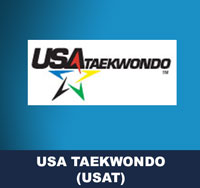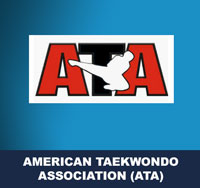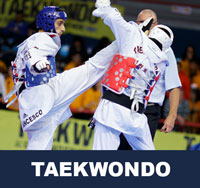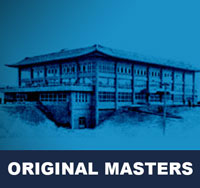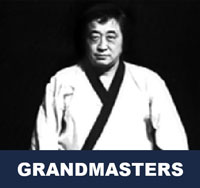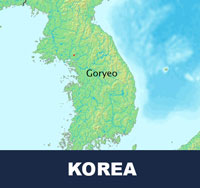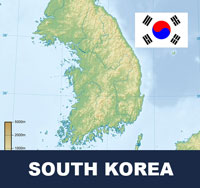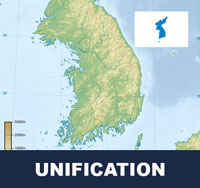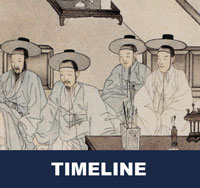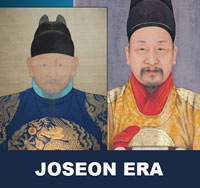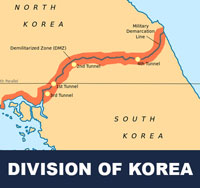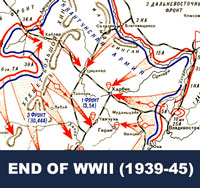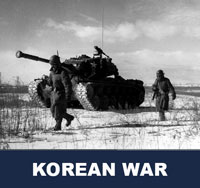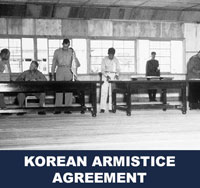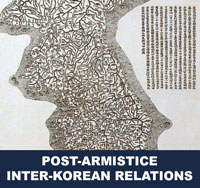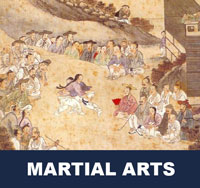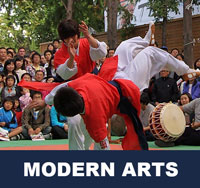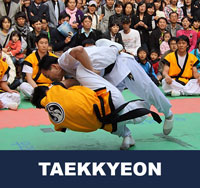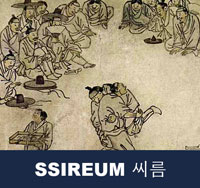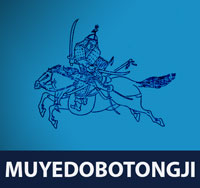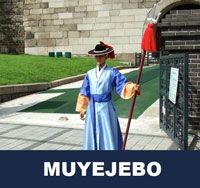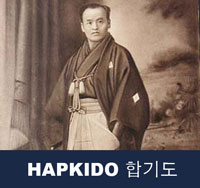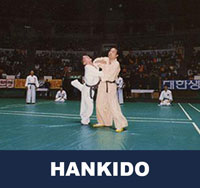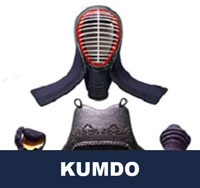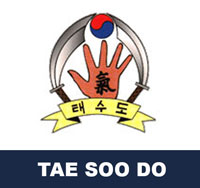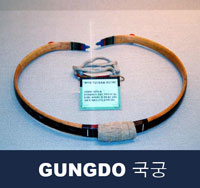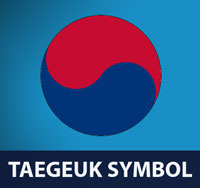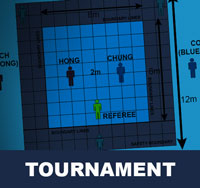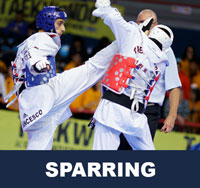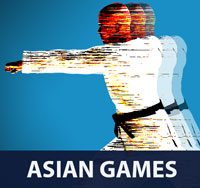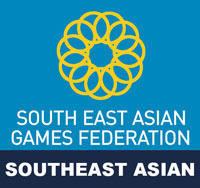Taekwondo 태권도Taekwondo Preschool
When you reach senior belt you are expected to guide the junior belts when they are beginning Taekwondo such as showing by example. To advance from one rank to the next, students typically complete promotion tests in which they demonstrate their proficiency in the various aspects of the art before a panel of judges or their teacher. View Taekwondo belt levels »
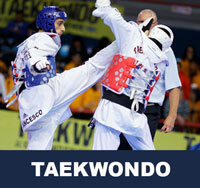
About
Taekwondo 태권도
Taekwondo Organizations
Two of the most popular systems of taekwondo are named solely after their respective organizations: the World Taekwondo (WT) and the International Taekwondo Federation (ITF). The World Taekwondo Federation (WTF) was founded in 1973, with roots in the Korea Taekwondo Association (KTA). The World Taekwondo Federation (WTF) has renamed itself to World Taekwondo (WT) in 2017.
Taekwondo "The Way of the Foot and the Hand"
In spite of Korea's rich history of ancient and martial arts, Korean martial arts faded into obscurity during the late Joseon Dynasty. Korean society became highly centralized under Korean Confucianism and martial arts were poorly regarded in a society whose ideals were epitomized by its scholar-kings. Formal practices of traditional martial arts such as subak and taekkyeon were reserved for sanctioned military uses.
Korea
In 1945, the Soviet Union and the United States agreed on the surrender of Japanese forces in Korea in the aftermath of World War II, leaving Korea partitioned along the 38th parallel, with the north under Soviet occupation and the south under U.S. occupation. These circumstances soon became the basis for the division of Korea by the two superpowers, exacerbated by their inability to agree on the terms of Korean independence.
Korean Martial Arts and Culture
Korean martial arts are military practices and methods which have their place in the history of Korea but have been adapted for use by both military and non-military personnel as a method of personal growth or recreation. Among the best recognized Korean practices using weapons are traditional Korean Archery and Kumdo, the Korean sword sport similar to Japanese Kendo.
Tournaments and Championships
International Taekwondo Championships are held across the world every year. To participate in some of these elite tournaments you will need to qualify to be allowed to enter. In the World Taekwondo (WT), the majority of the attacks executed are kicking techniques, whereas the International Taekwondo Federation (ITF) encourages the use of both hands and feet.
Miscellaneous
Here is where you can learn more about improving your skills in Taekwondo. Knowing the fundamental basics is very important for your learning path as you build your skills and knowledge. When you reach senior belt you are expected to guide the junior belts when they are beginning Taekwondo such as showing by example.
There are five tenets defined in the International Taekwondo Federation (ITF) and several more in World Taekwondo (WT).
Perseverance ( 인내 in-nae ): "One will persevere time and time again until they have achieved a result which is adequate towards what one was trying to achieve." View Taekwondo Tenets »
RESOURCES
This article uses material from the Wikipedia article "Taekwondo", which is released under the Creative Commons Attribution-Share-Alike License 3.0.


